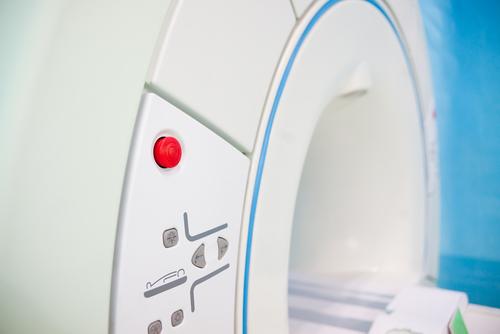Growing New Organs and Human Cells on a Chip

What’s the Latest Development?
Disease modelling enabled by tissue engineering could yield big benefits in the near future for diseases like hepatitis C and malaria, says MIT researcher Sangeeta Bhatia who is working to develop liver tissue for laboratory tests. “Bhatia recently developed the first stem-cell-derived liver tissue model that can be infected with the hepatitis C virus. She has also designed thin slices of human liver tissue that can be implanted in mice, enabling rapid studies of potential drugs.” A DARPA-funded project is seeking to model 10 different human tissues simultaneously.
What’s the Big Idea?
Originally created with the hope of growing new organs for transplant, the field of tissue engineering is focused today on creating tissue that can be used in the lab to model human disease and test potential new drugs. Though still a long-term goal, being able to regenerate new organs could have a great impact on the future of health care, says Robert Langer, the David H. Koch Institute Professor at MIT. “It’s the kind of thing that can transform society,” he says. “You can’t have a drug that will grow a new liver or a new heart, so this could be huge.”
Photo credit: Shutterstock.com





